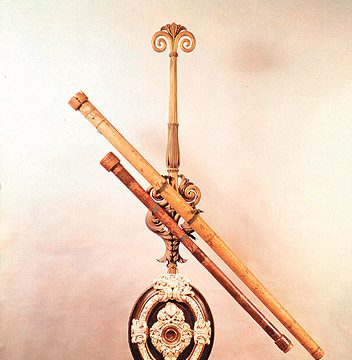German-Dutch lens maker Hans Lippershey is generally credited with the first design for an optical telescope for which he put together two convex lenses with an inverted image and a concave eyepiece lens that gave an upright image. He applied for a patent in 1608 but was turned down; although he was paid handsomely for tweaking the design to produce a binocular version.
In the 1850s, an Italian artillery officer called Ignazio Porro combined two right-angled prisms so that an image was reflected four times off the angled faces and inverted. The Porro prism is still used in binoculars, along with the roof prism.
In partnership with the Carl Zeiss optical instrument works, Ernst Abbe built the first prismatic binocular in 1893. The shape of the first Zeiss prism field glasses is the standard form today.
Innovations have mostly taken the shape of super zooms and optics that let you shoot or film as well. But the US-based Defense Advanced Research Projects Agency has pushed binoculars right into the arena of sci-fi. The Cognitive Technology Threat Warning System (CT2WS) not only allows soldiers to scan wide-ranging areas (1,000 to 10,000 m) and lengthy distances (up to 6 miles), but also taps their brainwaves. The device was nicknamed ‘Luke Skywalker’ for “its Jedi-like ability to detect threats”.




